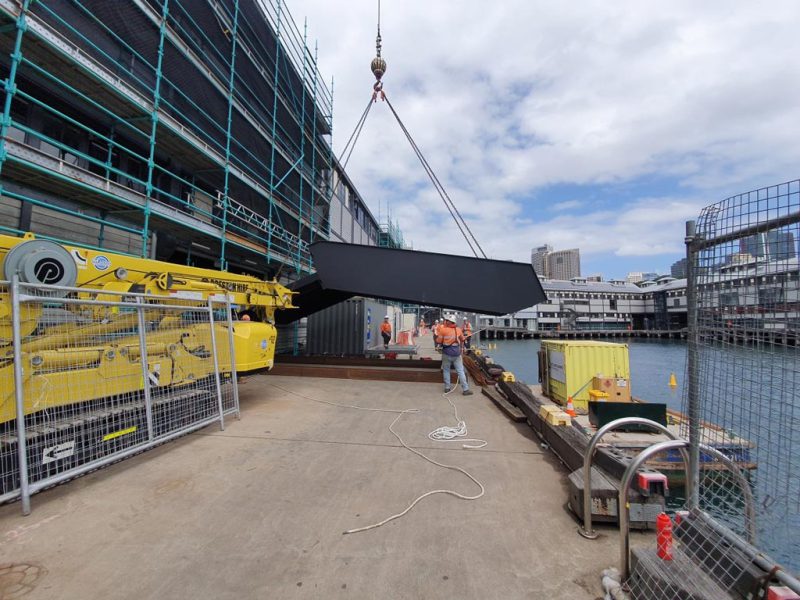Mastering the Art of Rigging and Material Handling: Essential Techniques and Best Practices
11 September 2023
Master the art of rigging and material handling with essential techniques and best practices from QRSA. For safe and efficient operations. Call 0417 890 722.
Rigging and material handling are essential in various industries, including construction, manufacturing, and logistics. Mastering the art of rigging and material handling is crucial to ensuring the safety of workers and the efficient movement of heavy loads. This article will explore the essential techniques and best practices for rigging and material handling, providing valuable insights to enhance operations and minimise risks.
Importance of Proper Rigging Techniques
Proper rigging techniques are essential for maintaining the stability and integrity of loads during lifting and transport. Inadequate rigging can lead to load shifts, uncontrolled movements, or even load failure, posing serious safety hazards. By mastering proper rigging techniques, you can ensure the safe and efficient handling of materials, minimising the risk of accidents and property damage.
Choosing the Right Equipment
Selecting the appropriate rigging equipment is crucial for successful material handling. Consider factors such as the weight and dimensions of the load, environmental conditions, and the specific requirements of the task at hand. Using the right equipment, such as slings, shackles, and lifting devices, ensures the load is properly secured and minimises the risk of accidents or damage.
Rigging Techniques for Safe Material Handling
Several rigging techniques promote safe material handling:
1. Vertical Hitching: Vertical hitching involves attaching slings or chains directly to the load to lift it vertically. This technique is commonly used when lifting loads with even weight distribution, such as crates or machinery.
2. Choker Hitching: Choker hitching involves wrapping a sling or chain around the load and attaching it to the lifting equipment. This technique suits loads with uneven weight distribution or requiring a more secure attachment.
3. Basket Hitching: Basket hitching involves using two slings or chains to create a cradle-like support for the load. This technique is ideal for loads with a wide or irregular shape, providing balanced support and stability during lifting.
4. Sling Angles: Proper sling angles are crucial to maintain load stability and prevent slippage. Ensuring the correct angle between the sling and the load is essential for safe and efficient material handling.
Best Practices for Rigging Safety
To enhance rigging safety, it is important to follow the best practices:
1. Conduct Risk Assessments: Performing thorough risk assessments before each rigging operation helps identify potential hazards and develop appropriate control measures.
2. Provide Adequate Training: Ensure that all personnel involved in rigging operations receive proper training on equipment usage, rigging techniques, and safety protocols.
3. Communicate Effectively: Establish clear communication channels between team members during rigging operations. This includes using hand signals or radios to relay important information and instructions.
4. Regularly Inspect Equipment: Inspect rigging equipment for signs of wear, damage, or deterioration. Replace any faulty equipment to maintain safe working conditions.
5. Secure the Load: Properly secure the load using appropriate rigging techniques and ensure it is balanced and stable before lifting or moving.
QRSA is the master of rigging and material handling in NSW. With our combination of technical expertise, attention to detail, and commitment to safety, our clients are assured that their projects are in safe and expert hands.
Optimized by: Netwizard SEO
